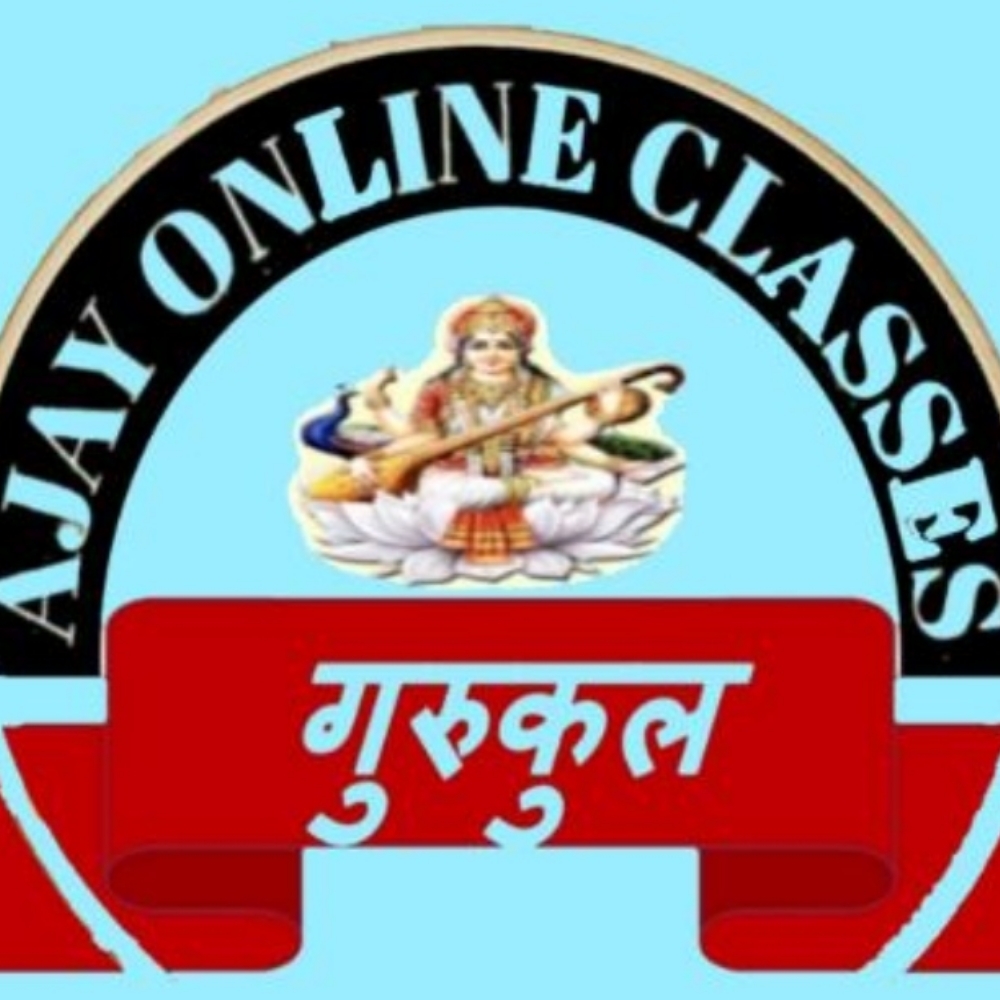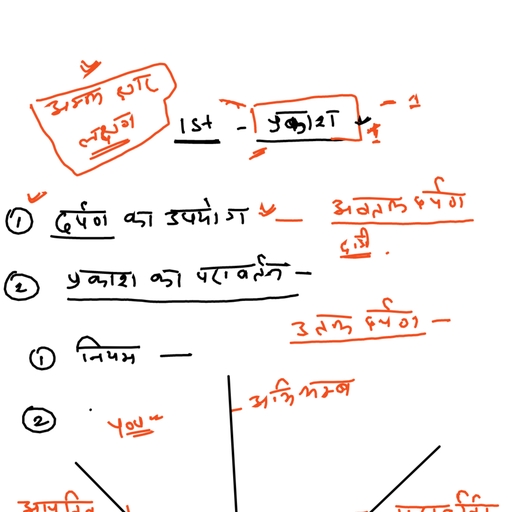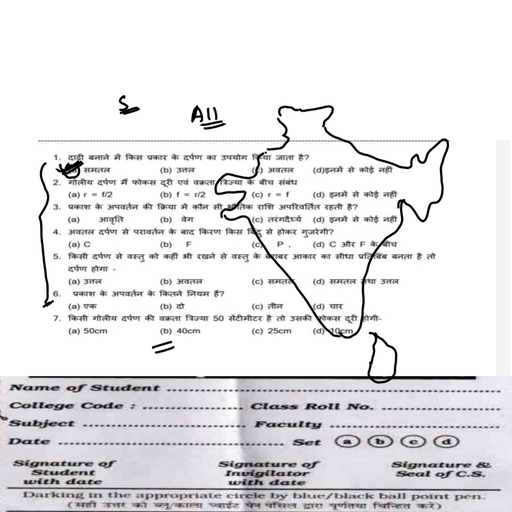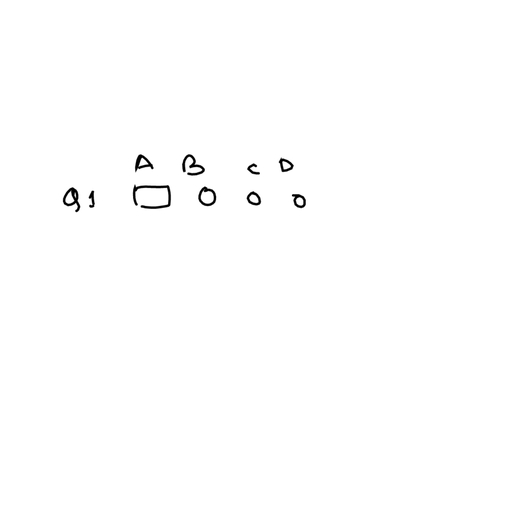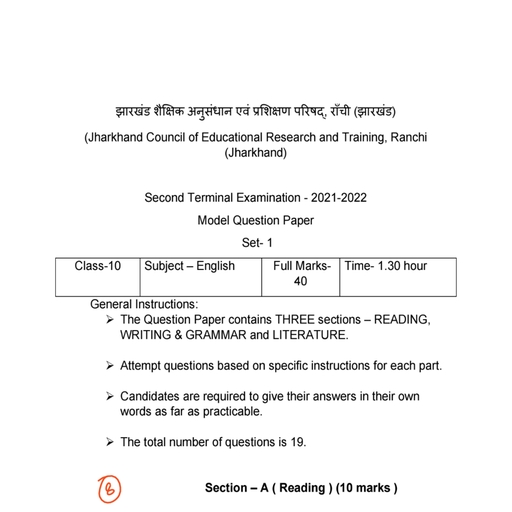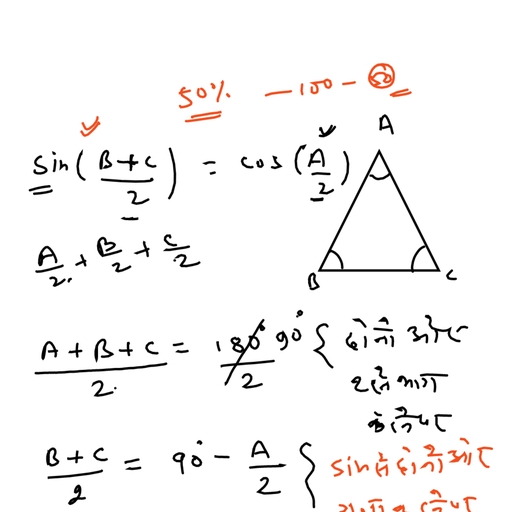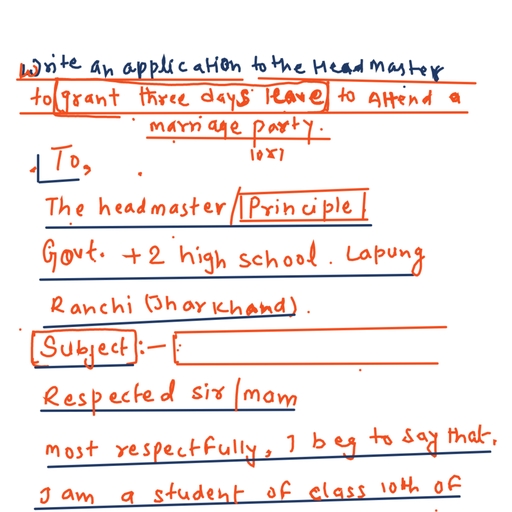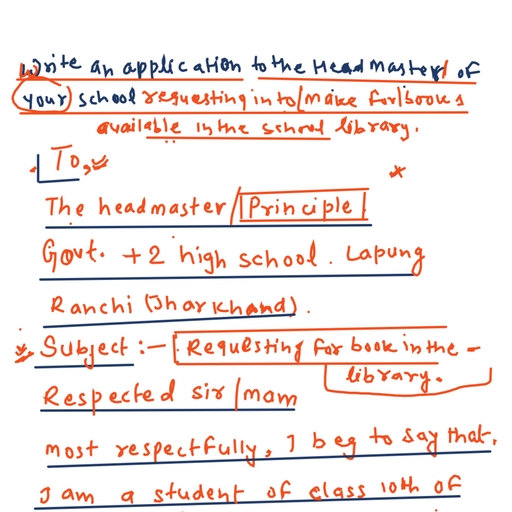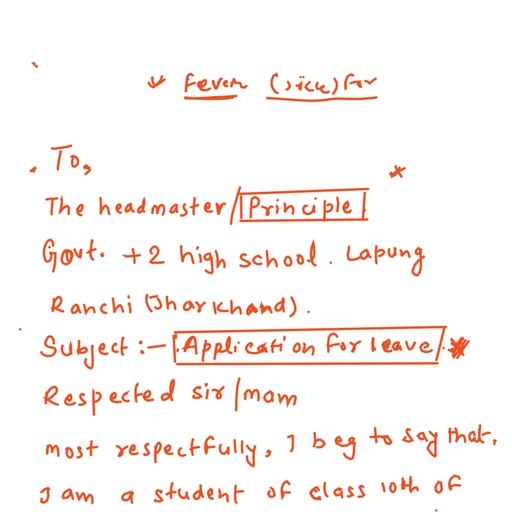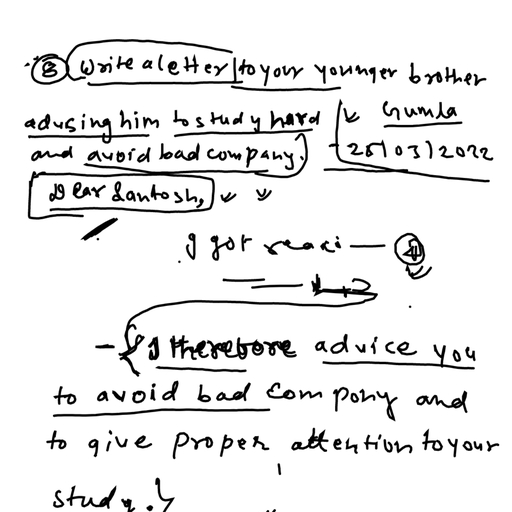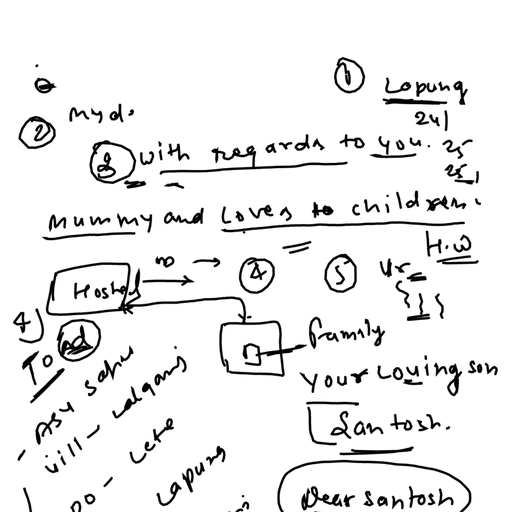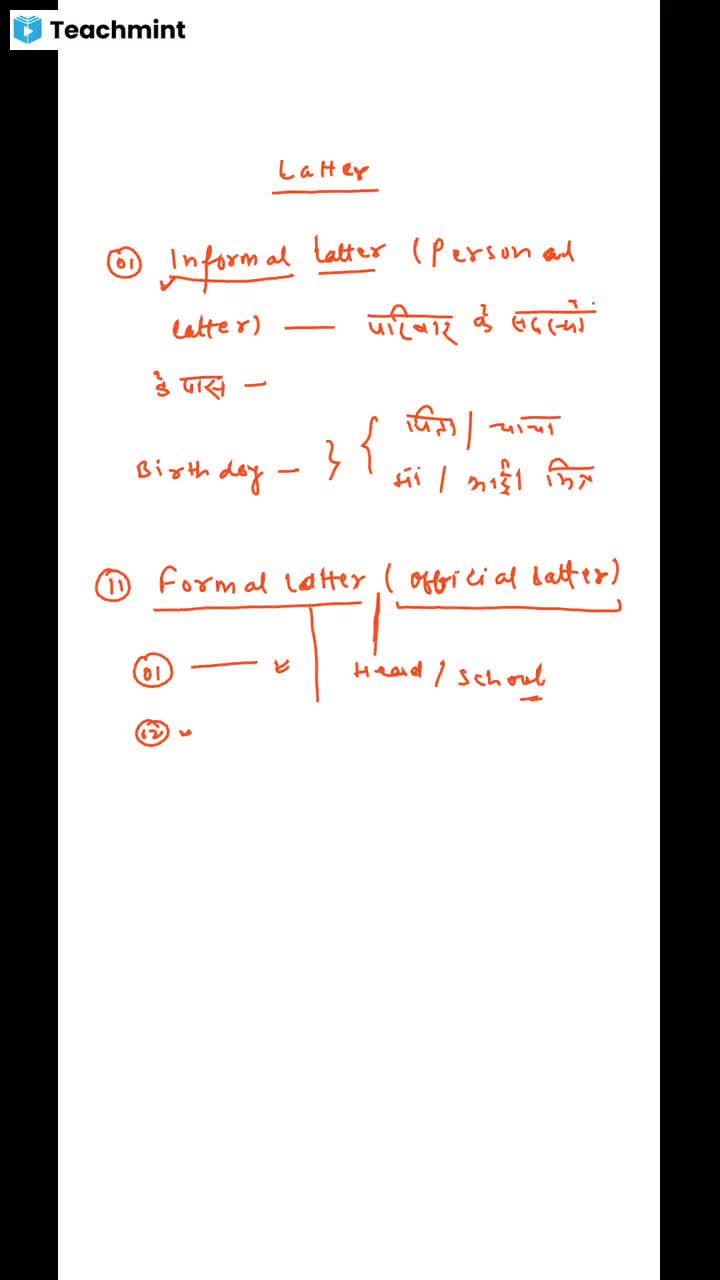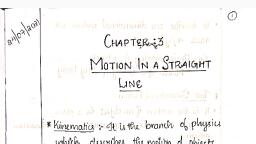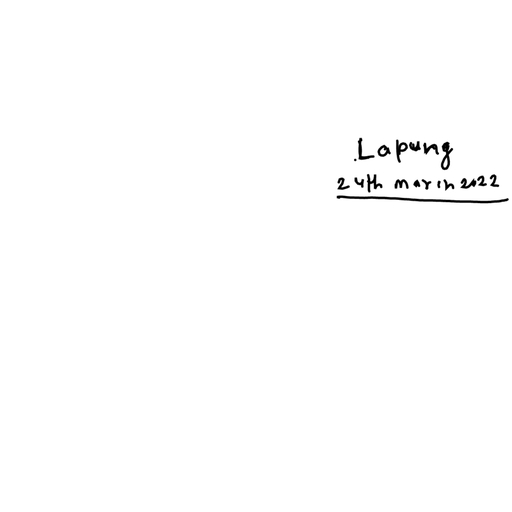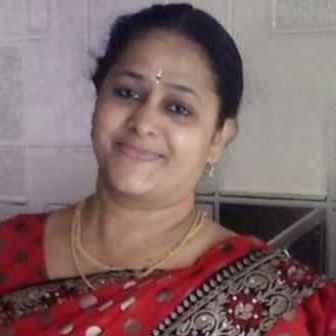Question 1 :
Consider the following distribution :
<img style='object-fit:contain' src='https://teachmint.storage.googleapis.com/question_assets/cbse_ncert/61b19b72273b2305849799a6.jpg' />
The frequency of the class 30-40 is
Question 2 :
If $x_i$’s are the mid points of the class intervals of grouped data, $f_i$’s are the corresponding frequencies and $\bar{x}$ is the mean, then $(f_i * x_i - \bar{x})=$
Question 3 :
Consider the data:
<img style='object-fit:contain' src='https://teachmint.storage.googleapis.com/question_assets/cbse_ncert/61b19b72273b2305849799a5.jpg' />
The difference of the upper limit of the median class and the lower limit of the modal class is
Question 4 :
Construction of a cumulative frequency table is useful in determining the
Question 5 :
The probability that a non leap year selected at random will contain 53 sundays is
Question 6 :
Which of the following cannot be the probability of an event?
Question 7 :
A card is selected from a deck of 52 cards. The probability of its being a red face card is
Question 8 :
An event is very unlikely to happen. Its probability is closest to
Question 9 :
Someone is asked to take a number from 1 to 100. The probability that it is a prime is
Question 10 :
If the probability of an event is p, the probability of its complementary event will be
Question 11 :
The probability of getting a bad egg in a lot of 400 is 0.035. The number of bad eggs in the lot is
Question 12 :
Consider the following frequency distribution :
<img style='object-fit:contain' src='https://teachmint.storage.googleapis.com/question_assets/cbse_ncert/61b19b70273b2305849799a2.PNG' />
The upper limit of the median class is
Question 13 :
When a die is thrown, the probability of getting an odd number less than 3 is
Question 14 :
In any situation that has only two possible outcomes, each outcome will have probability $\frac{1}{2}$.
Question 15 :
State True or False. In a grouped frequency distribution, it is not possible to determine the mode by looking at the frequencies. To find the mode of grouped data, locate the class with the maximum frequency. This class is known as the modal class. The mode of the data is a value inside the modal class.
Question 16 :
A card is drawn from a deck of 52 cards. The event E is that card is not an ace of hearts. The number of outcomes favourable to E is
Question 17 :
In the formula $\bar{x} = a + \frac{f_i d_i}{f_i}$ for finding the mean of grouped data $d_i$’s are deviations from a of
Question 18 :
In the following distribution :
<img style='object-fit:contain' src='https://teachmint.storage.googleapis.com/question_assets/cbse_ncert/61b19b8e273b2305849799c8.PNG' />
The number of families having income range (in Rs) 16000 – 19000 is
Question 19 :
A bag contains 3 red balls, 5 white balls and 7 black balls. What is the probability that a ball drawn from the bag at random will be neither red nor black?
Question 20 :
If n is the total number of observations, locate the class whose cumulative frequency is greater than (and nearest to) $\frac{n}{2}$.Is it TRUE or FALSE that, this class is called the median class.
